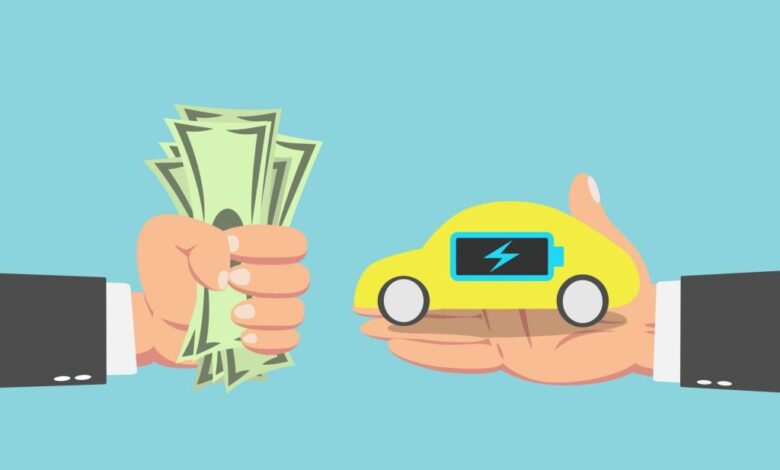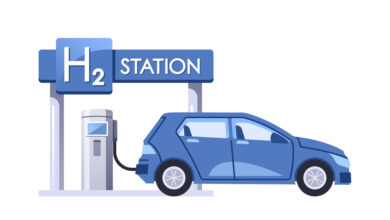How much cheaper EVs need to get in Canada

A new report highlighted just how much cheaper electric vehicles need to get in Canada to reach mandated sales levels.
Unless policies or technologies change, the purchase cost of EVs needs to decrease by 31 per cent for Canada to reach its sales target of 60 per cent EVs by 2030, according to a new report released recently by Parliamentary Budget Officer (PBO) Yves Giroux.
“In the absence of a government mandate and regulations forcing manufacturers to sell at least 60 per cent of zero-emission vehicles, that’s the price differential that one would need to meet these targets,” Giroux said in an interview with CTV News Channel.
Last December, the federal government unveiled its Electric Vehicle Availability Standard, which outlines zero-emission vehicle sales targets for automakers. The standard requires all new light-duty sales in Canada to be electric or plug-in hybrid by 2035, with interim targets of at least 20 per cent of all sales being EVs by 2026 and 60 per cent by 2030. Automakers who do not meet those targets would have to pay into charging infrastructure.
The most recent statistics show that electric vehicles accounted for nearly 11 per cent of new vehicle registrations in 2023, but there are concerns that driver demand is slowing down. Growth forecasts for auto companies have plateaued, and concerns about charging infrastructure persist. The price of EVs has also pushed the cars out of reach for many consumers. According to the Canadian Black Book, the average cost of an EV was $73,000 in 2023.
However, the PBO acknowledged that consumers could save thousands of dollars in the long run by switching to an electric vehicle. According to the report, the ownership cost, which includes the price of a car and operating costs, of an EV over eight years would be $62,920 if the car was purchased in 2022, while the cost would be $71,680 for a gas-powered vehicle.
“It means that the relative price has to go down for EVs. It can be done by bringing the cost of electric vehicles down, but it could also be by increasing the cost of all the other alternatives, which is the gas- and diesel-powered cars and trucks,” Giroux said, according to CTV.
Some provinces offer their own EV incentives, many will wind down by the end of 2026. British Columbia is limiting the vehicle models that will qualify for rebates, while Quebec is cutting rebates by 60 per cent next year and phasing them out completely by 2027.
The new PBO report also assessed public charging stations. While it said the federal government’s EV sales target would increase the supply of charging ports in Canada by nearly 39,000 units, it does fall short of demand.
“We estimate that by 2030 the market provision of public charging ports will be somewhat less than what is required according to a needs analysis commissioned by Natural Resources Canada,” the report stated.
Image credit: Depositphotos.com






